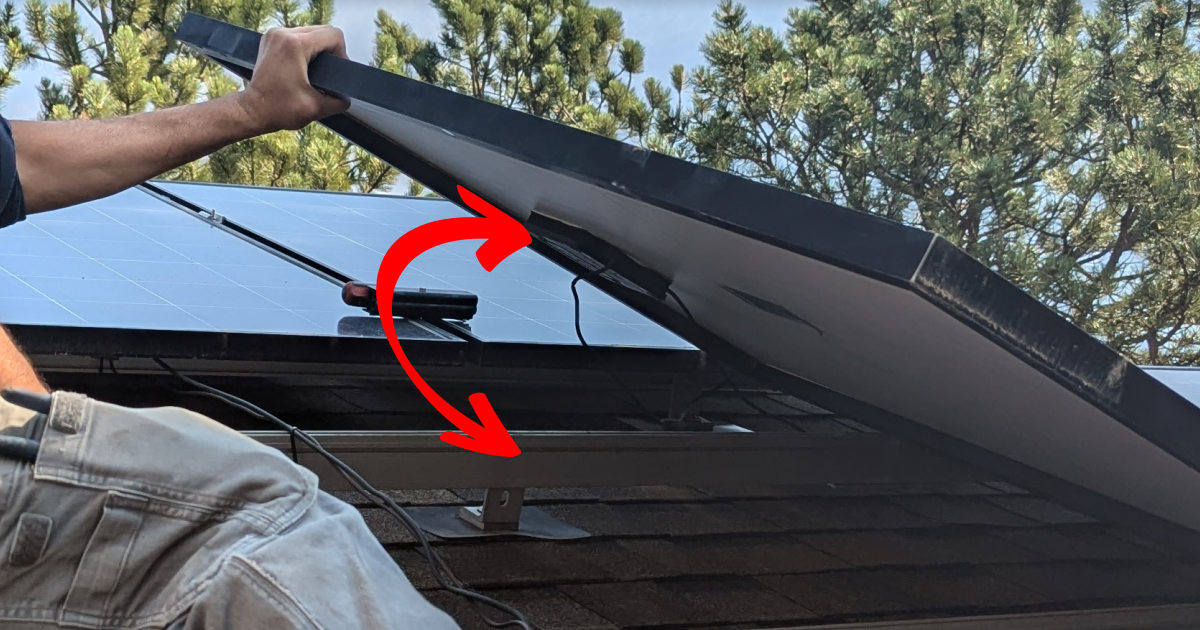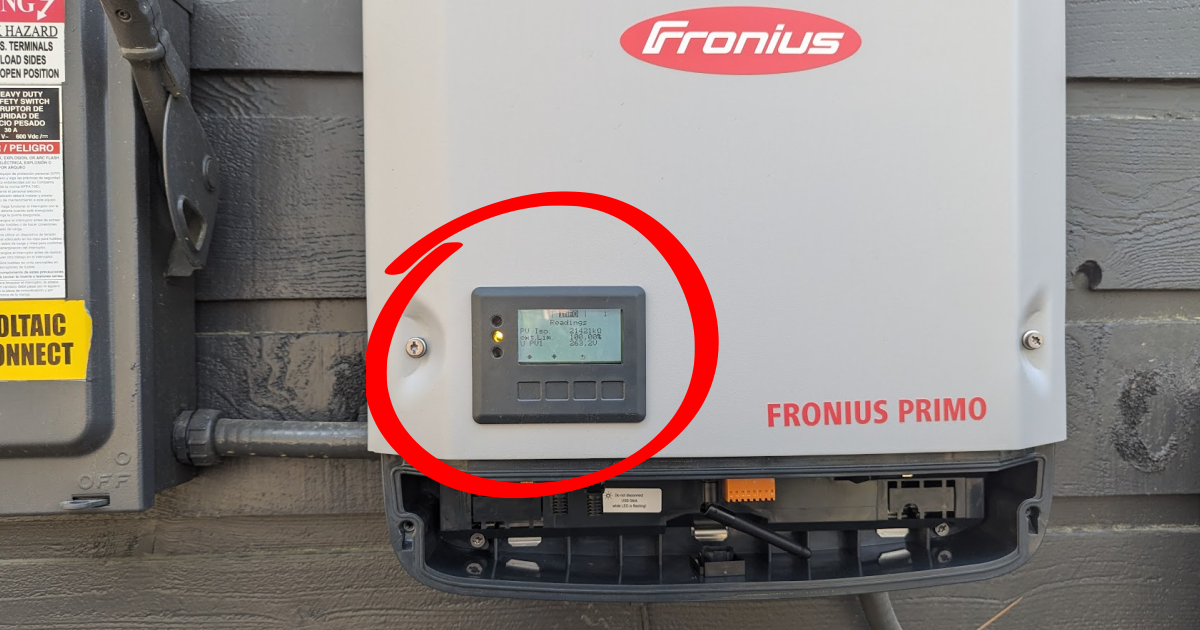




Error E025
Low insulation resistance (log only)
The inverter has detected that the insulation resistance (Riso) of the photovoltaic (PV) system is below the acceptable threshold, typically less than 1 megaohm. This condition suggests potential leakage currents or insulation faults within the DC side of the system. While the inverter logs this warning without immediate shutdown, persistent occurrences warrant further investigation.
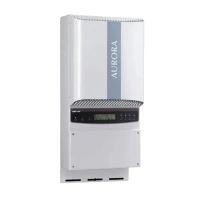
aurora
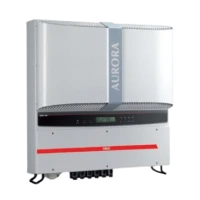
aurora trio
The E025 'Riso Low' warning indicates that your inverter has detected low insulation resistance in the DC side of your solar power system. This could be due to factors such as moisture ingress, damaged cables, or faulty connectors.
It's advisable to monitor the system for any recurring instances of this warning. If the warning appears frequently or persists, professional assistance is recommended to prevent potential safety hazards.
Tips for Qualified Persons
The following procedures involve safety risks and potential for equipment damage. They are intended only for qualified personnel trained to identify and avoid the hazards that exist, and possess the appropriate PPE. These are general tips to aid professionals in troubleshooting, not instructions or directives to perform them.
We assume no liability for injury or damage resulting from their use.
Measure the insulation resistance of the PV generator using a megohmmeter between the positive and negative terminals short-circuited together and ground. If the measured value is less than 1 megaohm, there may be an insulation fault in the PV system.
Inspect the PV panels, junction boxes, and DC cabling for signs of damage, moisture ingress, or poor connections that could lead to reduced insulation resistance.
Check for the presence of unsuitable or damaged overvoltage surge arresters in the DC section, as these can contribute to insulation faults.
If the insulation resistance is found to be adequate and the warning persists, consult the inverter manufacturer or a certified technician for further diagnostics, as the issue may reside within the inverter's internal components.
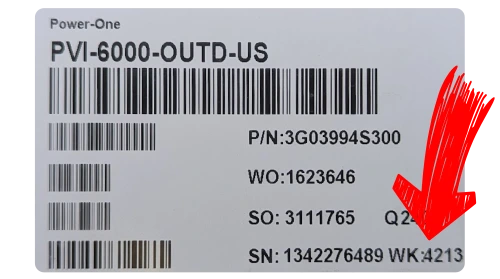
Aurora inverters originaly came standard with a 5-year warranty. The production date is indicated on the inverter label using a "WK" code, which represents the week and year of manufacture (e.g., "4213" means the 42nd week of 2013). While nearly all units are now beyond their original warranty period, FIMER offered warranty extensions up to a maximum of 10 years, provided they were purchased within 12 months of installation.
You can check your product's warranty status using FIMER’s ONLINE TOOL. You will need the inverter's serial number. In some cases, it may still be possible to purchase or confirm extended warranty coverage through FIMER’s support channels.
It started with Power-One: The Aurora inverter line was developed by Power-One, which quickly became the second-largest solar inverter manufacturer in the world by the early 2010s. Much of this success was due to Power-One’s role in bringing dual MPPT (Maximum Power Point Tracking) inverters to the residential and commercial market. At a time when most competitors offered only single-input trackers, Power-One’s dual-MPPT design allowed more flexible system layouts, making Aurora inverters especially popular with installers working on multiple roof planes or partial-shade rooftops.
Acquired by ABB: In 2013, ABB, a global electrification and automation company, acquired Power-One to expand its presence in the solar inverter market. After the acquisition, ABB rebranded the inverters under its own name and gradually phased out the Power-One and Aurora branding. While ABB continued supporting the product line, some inherited reliability issues, such as the well-known E031 relay fault, began impacting ABB's reputation in the solar market.
Acquired by FIMER: In 2019, ABB announced its exit from the solar inverter business and sold the entire division to FIMER, an Italian manufacturer with a long-standing focus on inverter and EV charging technologies. FIMER assumed responsibility for all Aurora-series inverters in early 2020, including warranty support and ongoing service. Despite securing €45 million in 2022 to support an industrial relaunch, FIMER continued to struggle financially and operationally, failing to fully recover from prior setbacks including supply chain issues and internal disruptions. The restructuring process was prolonged, and by late 2023 into 2024, FIMER entered formal extraordinary administration in Italy due to insolvency risks.
Today: In January 2025, FIMER was officially acquired by MA Solar Italy, a subsidiary of McLaren Applied Group, with backing from Greybull Capital. This acquisition, approved by Italy's Ministry of Enterprises and Made in Italy (MIMIT), concluded FIMER's restructuring process and infused over €50 million in new investment, enabling the company to regain financial stability and refocus on growth. McLaren Applied's advanced engineering expertise, particularly in electrification and control systems, is expected to synergize with FIMER’s inverter technologies, fostering innovation and expansion into sectors beyond photovoltaics. The acquisition also ensures the continuity of FIMER's operations and workforce, including its manufacturing sites in Italy and India.
The best point of contact for warranty or service issues is your original installer.
If your installer is no longer available, you can locate an authorized FIMER Service Partner:
Service Partner Lookup Tool.
You may also contact FIMER directly through their online support form, or by phone at:
1-877-261-1374 or 1-855-718-5872.
DENVER RESIDENTS: Is your system located in the Denver, CO metro area? CONTACT US
